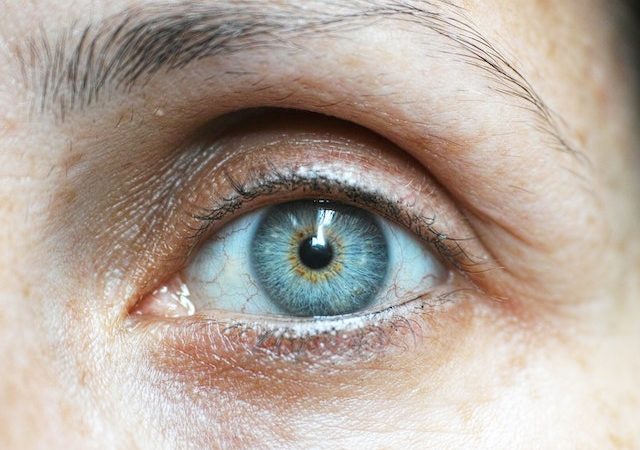Introduction: Eye infections can occur in various forms and affect people of all ages. Understanding the facts about common types of eye infections can help raise awareness, promote early detection, and encourage appropriate treatment. This article presents eye-opening facts about some prevalent types of eye infections, shedding light on their causes, symptoms, and treatment
Introduction: Eye infections can occur in various forms and affect people of all ages. Understanding the facts about common types of eye infections can help raise awareness, promote early detection, and encourage appropriate treatment. This article presents eye-opening facts about some prevalent types of eye infections, shedding light on their causes, symptoms, and treatment options.
- Conjunctivitis (Pink Eye):
- Conjunctivitis is a highly contagious infection that causes inflammation of the conjunctiva, the thin membrane covering the eye’s front surface.
- It can be caused by bacteria, viruses, allergies, or irritants.
- Symptoms include redness, itching, discharge, tearing, and sensitivity to light.
- Depending on the cause, treatment may involve antibiotic or antiviral eye drops, compresses, or antihistamine medications.
- Proper hygiene practices and avoiding close contact with infected individuals can help prevent the spread of pink eye.
- Blepharitis:
- Blepharitis is a common chronic condition characterized by inflammation of the eyelids and eyelash follicles.
- It can result from bacterial overgrowth, seborrheic dermatitis, or malfunctioning oil glands.
- Symptoms include redness, swelling, itching, crusty eyelids, and a gritty sensation.
- Treatment often involves gentle eyelid hygiene, warm compresses, and sometimes antibiotic or steroid ointments.
- Maintaining good eyelid hygiene practices can help manage and prevent blepharitis.
- Keratitis:
- Keratitis refers to the inflammation or infection of the cornea, the clear front surface of the eye.
- It can be caused by bacterial, viral, fungal, or parasitic infections.
- Risk factors include improper contact lens use, corneal injuries, and exposure to contaminated water or objects.
- Symptoms include eye pain, redness, blurred vision, sensitivity to light, excessive tearing, and discharge.
- Prompt medical attention is crucial for proper diagnosis and treatment, which may involve antiviral or antifungal medications, eye drops, or in severe cases, hospitalization.
- Stye (Hordeolum):
- A stye is a painful, red lump that forms along the edge of the eyelid.
- It occurs when bacteria infect the oil glands or hair follicles of the eyelashes.
- Symptoms include tenderness, swelling, localized pain, and sometimes, discharge.
- Applying warm compresses can help alleviate symptoms, and in most cases, styes resolve on their own without medical intervention.
- It is important to avoid squeezing or popping a stye, as it can lead to further infection or complications.
- Viral Keratoconjunctivitis:
- Viral keratoconjunctivitis is a highly contagious eye infection caused by various types of viruses, including adenoviruses.
- It spreads easily through direct contact or contaminated objects.
- Symptoms include redness, tearing, foreign body sensation, swollen lymph nodes, and watery discharge.
- Treatment mainly focuses on managing symptoms, practicing good hygiene, and preventing the spread of infection.
- Most cases resolve within two to three weeks without specific antiviral medications.
Conclusion: Being aware of the facts surrounding common types of eye infections empowers individuals to recognize symptoms, seek appropriate medical attention, and adopt preventive measures. Remember, early detection and timely treatment are vital in managing eye infections and safeguarding eye health. By understanding these eye-opening facts, we can take proactive steps to protect ourselves and others from these infections and maintain clear and healthy vision.























Leave a Comment
Your email address will not be published. Required fields are marked with *